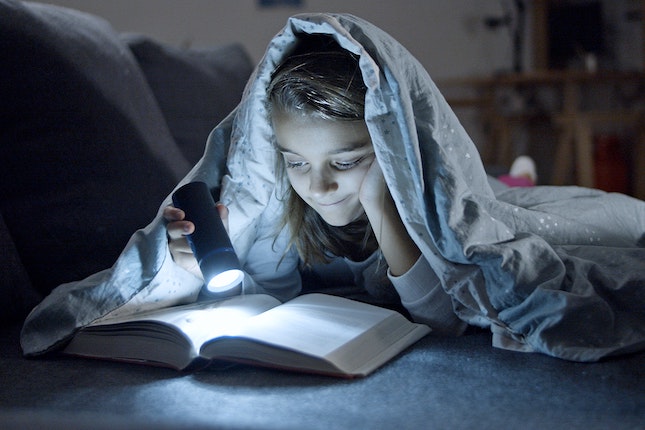Storytelling: The Art of Engaging Your Reader

For mystery writers, the audience is your reader. One reader. The one who is reading your story right now.
You can structure your plot, build strong characters, illustrate the settings, create imaginative twists, and hide the villain until the end. But you must also bring your reader into the story and keep them enthralled for hundreds of pages. That requires the art of storytelling.
The point of view you use doesn’t matter, nor does the tone of your narrative voice. You can write in first person point of view or third person. Your tone can be serious, factual, humorous, or dark. What matters is your ability to bring your reader into the story and keep them there.
What is Storytelling?
Storytelling is the craft of making all the story elements work in concert. As you write, plot, character, setting, twists all work together to engage your reader.
As Robert McKee writes in his classic book Story:
Craft is the sum total of all means used to draw the audience into deep involvement, to hold that involvement, and ultimately to reward it with a moving and meaningful experience.
So, yes, preparation will help you get ready to tell your story, But in each writing session, your goal is to create story that grabs the reader.
Your Emotional Engagement Brings the Story to Life
Now, as you write, you create the emotional engagement that brings the story to life. For your reader to engage emotionally, you, the writer, must bring your emotions to each scene as you write.
You must feel as you write so your reader feels as they read.
In a recent interview on Film Courage, HBO and WarnerMedia’s SVP of Talent Development for seven years, Kelly Edwards, talks about how she evaluates new storytellers by the emotion they put into the story.
At first you may think, Why would I put my emotion into the story? I need to concentrate on writing the characters, enriching the setting, and developing the conflict of the scene. And, yes, all of those needs are true. But unless you put your emotions into the story, it may be well-constructed but feel flat.
How to Put Your Emotions Into Your Writing
To write with emotional impact, you need to go into the story as you write.
Rather than looking down on your current scene from up above, working on the story progression of conflict and change, put yourself in the scene. Use your imagination to be in the story. See what your point of view character sees. Feel their reactions to the world around them (setting) and the characters they meet.
Write your emotional responses into the scene. How does another character’s speech make them feel? Are they ready to take action or hesitant because of the consequences?
If you go into the story, your emotions will translate onto the page as you write.
The Truth of Your Story versus The Facts
Stories solidify abstract concepts and simplify complex messages. The story world is the truth you impart. It’s the cause and effect of what happens. As long as your story is true to itself, imbued with your emotions from your writing session, the decisions your characters make and the actions they take will be true to your story world.
This story truth lies behind the unplanned actions your characters take as you are writing. Because you are in the story, you gain a deeper understanding of how characters perceive the story world and the people in it and respond to that world.
You may have the facts of what happens—victims, clues, suspects—but they don’t become true until you back them up with your emotions.
Your storytelling will improve when you enter the story world and saturate your writing with your emotions.
Photo by Kampus Production:





